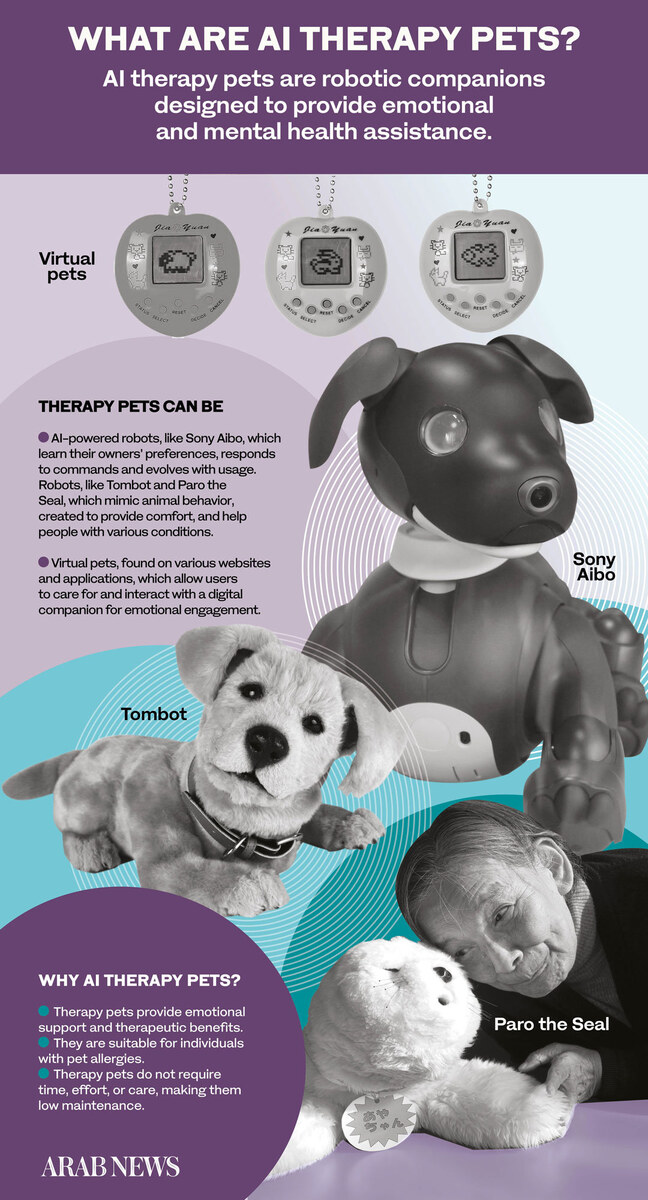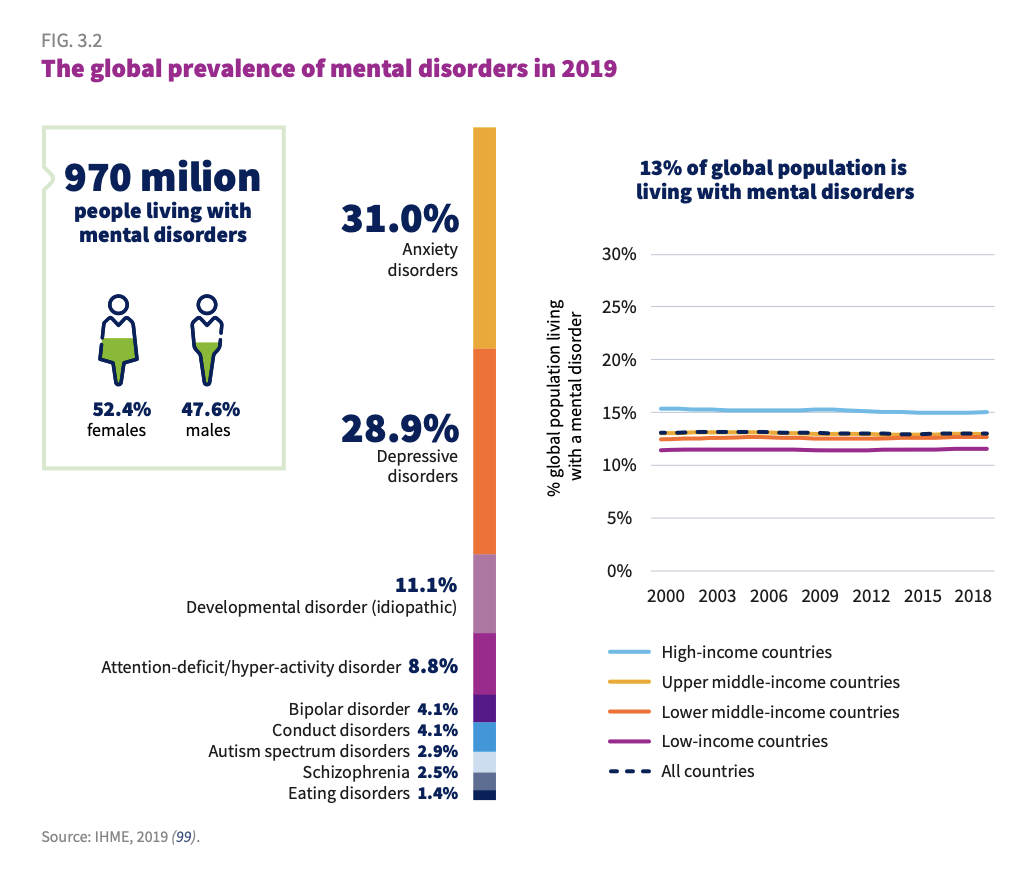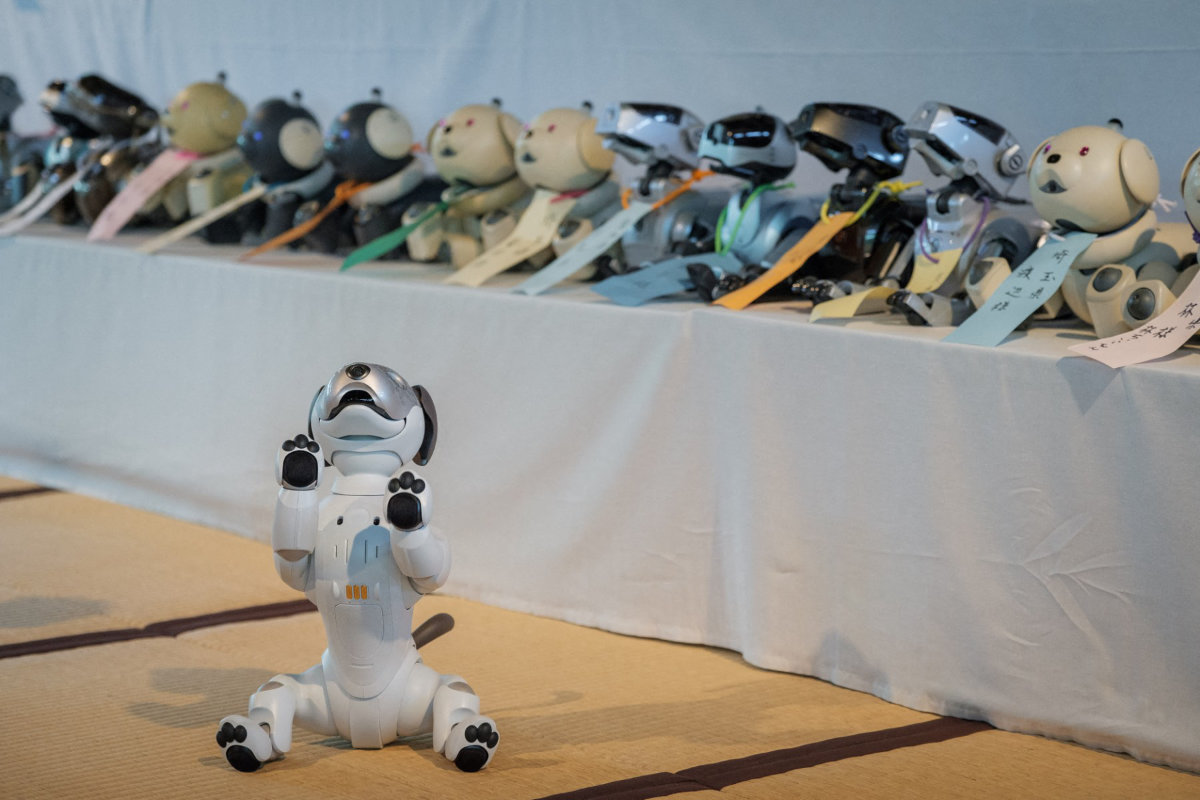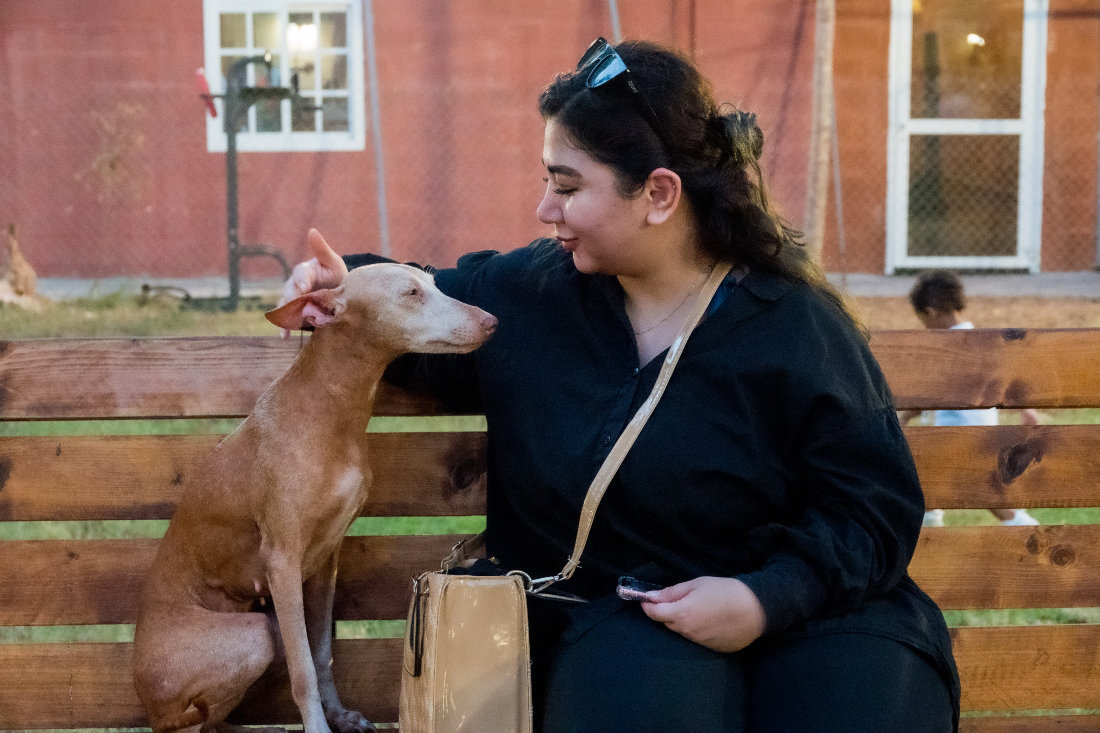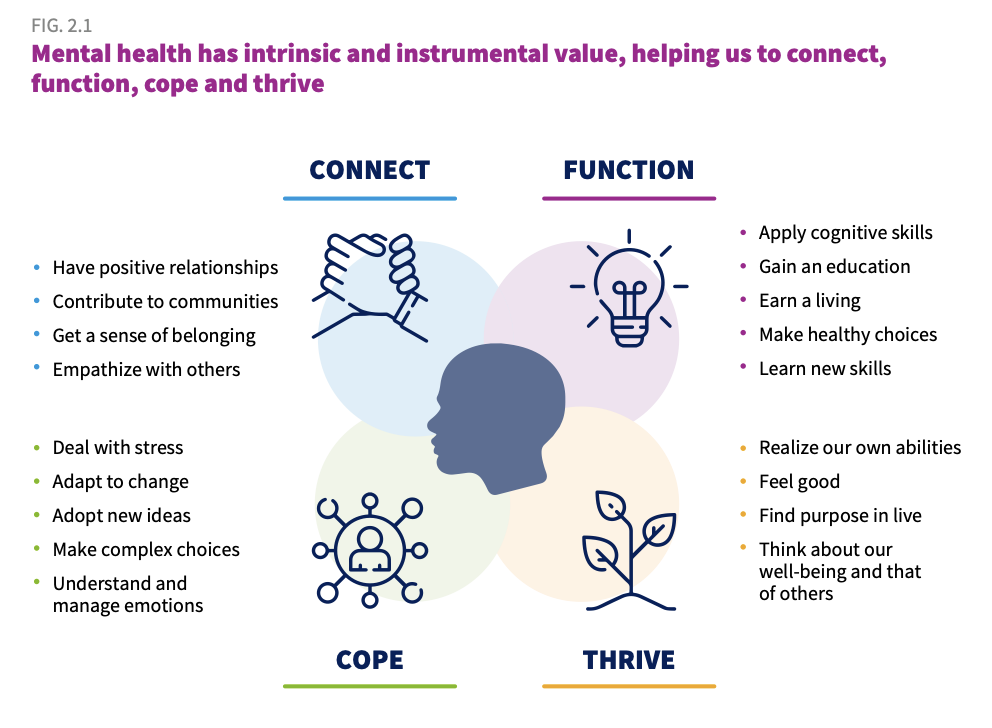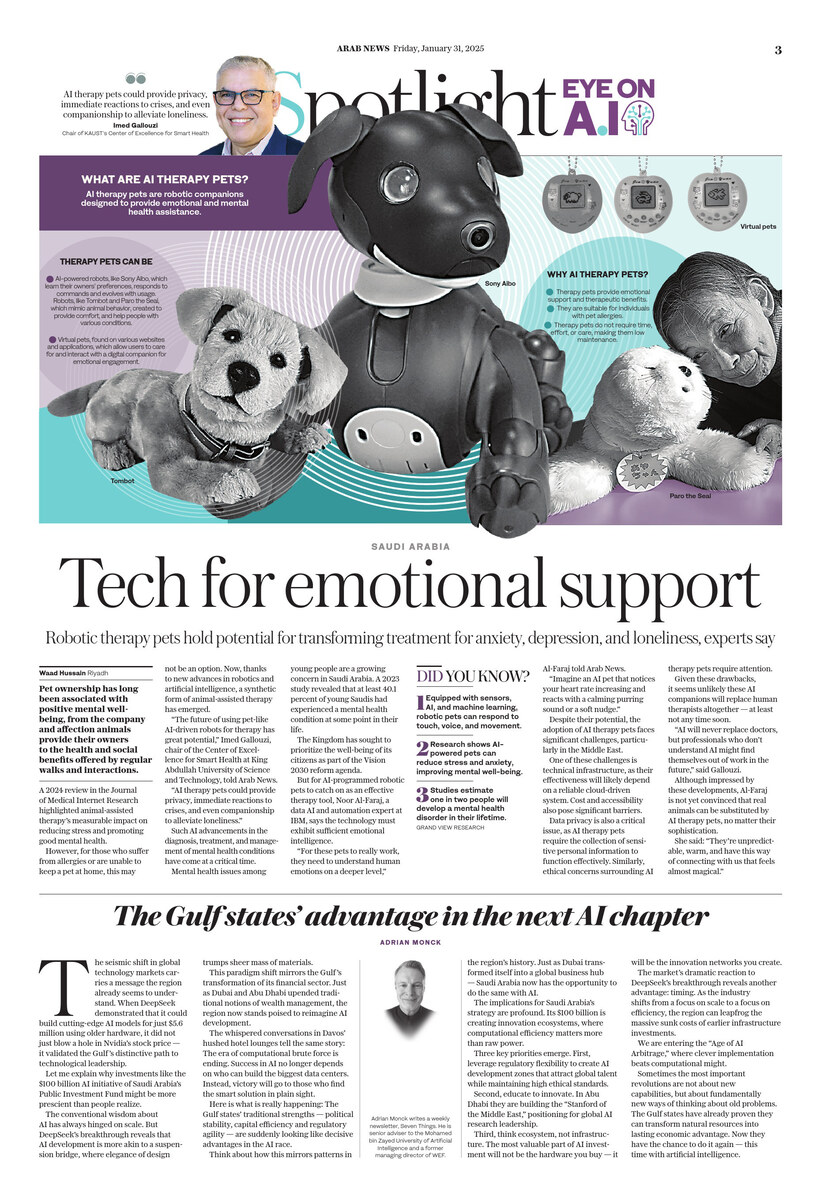JEDDAH: A colorful array of manga characters and comic books is capturing the attention of passers-by at the Jeddah Book Fair’s Manga Arabia pavilion.
The fair, themed “Jeddah Reads,” has dedicated a significant portion of its space to manga, with the Literature, Publishing and Translation Commission, the event organizer, setting up 26 stands showcasing a range of manga characters and stories.
Mahmoud Attar, an animation expert visiting the fair, told Arab News that manga’s influence in Saudi Arabia is undeniable.
“From ‘Duke Fleed’ and ‘Treasure Island’ captivating ’80s children to the ‘Captain Majid’ and ‘Pokemon’ craze of the ’90s, these animated series, adapted from Japanese manga, have been a staple in Saudi homes for decades,” he said.
Attar added this popularity reached new heights with “Detective Conan” and other shows, drawing children to the screen to unravel intricate mysteries.
Fares Sambawa, a vendor at the manga pavilion who has been selling anime and manga since 2014, said that manga, which originated in Japan, is now inspiring other countries.
“Japanese manga has gained worldwide popularity because it addresses values and seeks to instill them in young people. This makes it appealing not only to children, but also older age groups,” he said.
Speaking about his own approach as a vendor in the Manga space, Sambawa said: “The characters I sell in my store are part of an interconnected chain. It starts with a novel, which is adapted into manga, then animated into a cartoon or series.”
The fair also hosted a seminar entitled “Manga: Between Word and Image,” exploring the world of graphic novels.
Industry leaders Abbas Hamidaddin and Nouf Al-Hussein, guided by moderator Taghreed Al-Tassan, shared insights on essential techniques and the future of the genre.
Al-Hussein highlighted the urgent need for Arabic content that resonates with young people.
She described manga as an innovative and exciting medium for enriching Arabic storytelling, underscoring its potential to bring Arab culture to a global audience.
“Manga provides a dynamic visual medium that resonates with children and young adults, especially those between the ages of 9 and 15,” she said.
“However, when translating or adapting manga for Arabic-speaking audiences, it’s essential to ensure the content aligns with our cultural values and ethics.”
Al-Hussein underscored the importance of nurturing young people’s creativity.
She believes artificial intelligence can be a powerful ally, enhancing creative output and helping children develop essential skills for innovation and success in today’s competitive world.
Al-Hussein said that manga magazines are cultivating a new generation of Saudi and Arab artists, providing a platform for them to share their voices with the world. This global reach is achieved through meticulous translation, editing, and proofreading processes handled by Saudi professionals.
Hamidaddin spoke about how manga can inspire a love of reading in children and teens. He emphasized the dedication of key figures in fostering a thriving Saudi animation industry, powered by local talent.
“Exporting Saudi culture through manga requires cultivating a conscious generation capable of effectively communicating with the world. This will bolster manga’s position as a soft power tool for disseminating our culture,” he said.
The seminar showcased manga’s potential as a dynamic tool for cultural expression and creativity. It presented a bold vision for the future, one that aims to strengthen Arab identity and share its rich culture with the world.
“To truly share Saudi culture through manga, we need to foster a generation of young people who are not only creative but also globally aware and able to connect with audiences worldwide,” Hamidaddin said.
“This will establish manga as a powerful platform for showcasing our culture on a global stage.”
Hamidaddin said that creating exciting and engaging stories is crucial for any comic when it comes to capturing the attention of readers.
“If we want to use manga effectively as a way to share our culture, we need a constant flow of fresh ideas and a commitment to sustainable growth. This will pave the way for a vibrant future for this exciting art form.”
The event runs until Dec. 21 and features over 450 pavilions, with more than 1,000 publishing houses and agencies from 22 countries taking part.
Entry is free with admission from 11 a.m. to midnight daily, except on Fridays when it opens from 2 p.m. until midnight.









